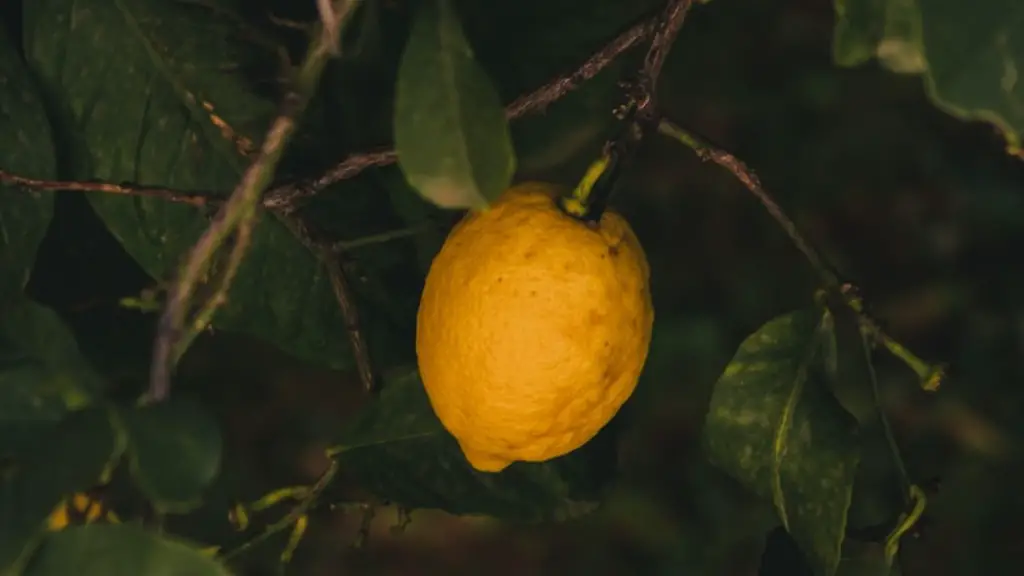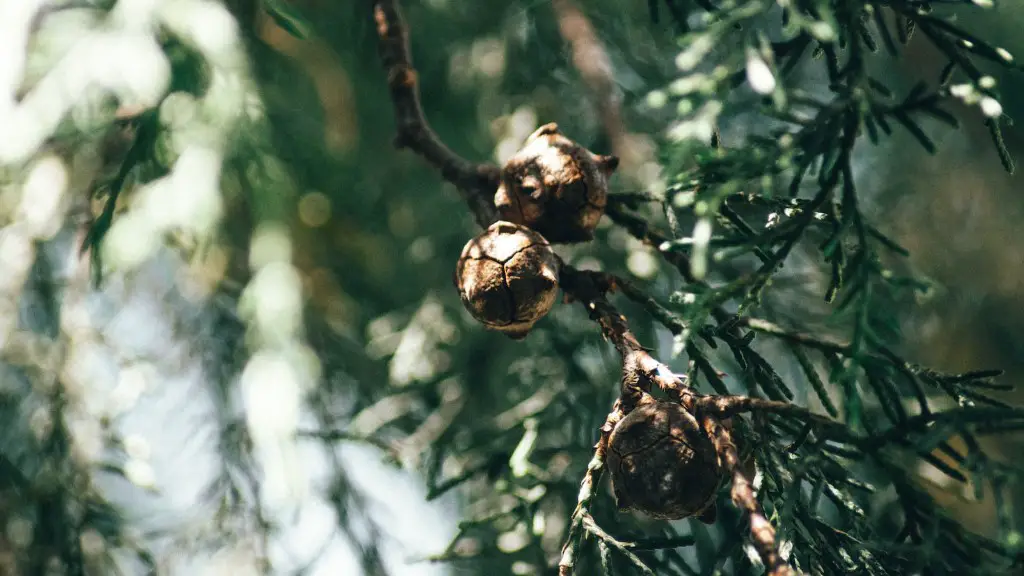If you’ve been waiting patiently for your honeycrisp apple tree to bloom, only to be disappointed year after year, you’re not alone. Many honeycrisp apple tree owners find that their trees simply don’t bloom. While there could be a number of reasons for this, the most likely explanation is that your tree is too young. Honeycrisp apple trees generally take 4-5 years to reach blooming maturity, so if your tree is still in that range, don’t give up hope just yet!
Your honeycrisp apple tree may not be blooming for a number of reasons. It could be that the tree is too young and hasn’t reached maturity yet, or that the tree is stressed from too much or too little water. Additionally, the tree may not be getting enough sunlight or nutrients. If you think any of these may be the problem, try adjusting your tree’s care regimen accordingly.
Why is my Honeycrisp apple tree not flowering?
It can take several years for fruit trees to mature and produce flowers and fruit. The lack of flowers on a fruit tree is often due to the age of the tree. Dwarf and semi-dwarf apple trees usually don’t flower and bear fruit for 3 to 5 years. Standard apple trees may not bear fruit for 5 to 10 years.
NAA and Ethephon are both effective at promoting return bloom in fruit trees. Applications of these products should start after the June drop, and once the fruits are over 30 mm in diameter and not sensitive to chemical thinners.
What month do Honeycrisp apples bloom
If you have a Honeycrisp apple tree, you can expect to see white blossoms in April and the apples will be ripe and ready to pick by September. These trees typically have a lifespan of 35-45 years with proper care.
‘Honeycrisp’ is an excellent apple for fresh eating. It is a late-season apple, ripening in early September, with medium storage life (3 months or more). ‘Honeycrisp’ needs another apple nearby for pollination—almost any other late bloomer will do.
What causes apple trees not to bloom?
Over vigorous trees expend all their energy in growing wood and do not produce flower buds. This typically occurs for two reasons: over-fertilization and over-pruning. Heavy applications of nitrogen will stimulate excessive growth at the expense of flower production.
Pruning is an important part of plant care, but it’s important to know when and how to prune. Too much pruning in the fall and winter can stimulate new growth in the spring, which may delay flowering and fruiting. Repeated heading cuts can also cause a lack of fruiting altogether. When pruning, be sure to make clean cuts at the desired length, and avoid indiscriminately cutting off pieces of branches.
How do you stimulate flowering?
Cut the stems of your flowers on a 45-degree angle. Fill one vase (any old temporary one) with warm water and fill the presentable vase with cold water. Then place those stubborn blooms in the warm water and let them sit for one minute.
If you’re looking for a fertilizer to improve the health of your apple trees, any of the products in this lineup would be a good choice. However, our top pick is the Miracle-Gro fertilizer for apple trees, which offers all the nutrients apple trees need in a slow-release form that will continue to feed the trees for months.
What triggers fruit trees to bloom
Pollination is a critical process for fruit trees in order to set fruit. If your tree is not self-pollinating, it is important to have a compatible pollinator tree planted nearby. Additionally, pollination-helping beneficials like bees, birds, and wind need to be adequately present.
It is generally recommended that young Honeycrisp trees be fertilized in their first year with 10-10-10 fertilizer, spread evenly on the soil 6 inches away from the tree’s trunk in early spring. For mature trees, it is generally best to get your soil tested before fertilizing for best results.
Do you need two Honeycrisp trees to pollinate?
Honeycrisp apple trees require a pollinator to be fruitful. That means there needs to be another apple tree of a different variety — ideally growing within 50 feet of the Honeycrisp tree — for adequate cross-pollination.
This variety of apple tree is not self-pollinating, so you will need an additional pollinator to produce fruit. Pollinators for the Honeycrisp Apple include Gala Apple Trees, McIntosh Apple Trees, Fuji Apple Trees, Golden Delicious Apple Trees, Pink Lady Apple Trees, Red Delicious Apple Trees and more.
What month do apple trees flower
Apple trees typically bloom with pink flowers between mid-April and mid-May after having met a certain number of required hours of chill during winter dormancy. This can amount to between 500 to 1,000 hours, depending on the apple cultivar.
Did you know that the Honeycrisp apple tree is a biennial bearing tree? This means that it may only bear fruit every other year. Unlike other varieties like Gala, if the Honeycrisp tree is left with too many apples at the end of the season, it could harm the tree for the following season.
What time of year do apple trees bloom?
Apple blossoms typically bloom anywhere from early spring to late summer. The earlier apple varieties like McIntosh, Gala, Honeycrisp and Fuji would be the first ones you see, and the later varieties like Macoun, Mutsu and Pink Lady will blossom later on in the summer.
Fruit trees need to be pollinated in order to produce fruit. Pollination is often done by insects, but cold weather can cause problems for these insects. This can lead to trees blossoming but bearing no fruit. To help with this problem, it is best to plant two different varieties of fruit trees close together so they can cross pollinate.
Final Words
One possible reason why your honeycrisp apple tree is not blooming could be that it is not receiving enough sunlight. Apple trees need at least six hours of sunlight each day in order to bloom. Another possible reason could be that the tree is not getting enough water. Apple trees need to be watered deeply and regularly during the growing season in order to produce flowers. If you think either of these might be the problem, try adjusting the amount of sunlight and water your tree is getting and see if that makes a difference.
There are a number of reasons why a honeycrisp apple tree may not bloom. It could be that the tree is too young, or it may not be getting enough sunlight or water. If the tree is healthy and well-cared-for, it should eventually start to bloom.





